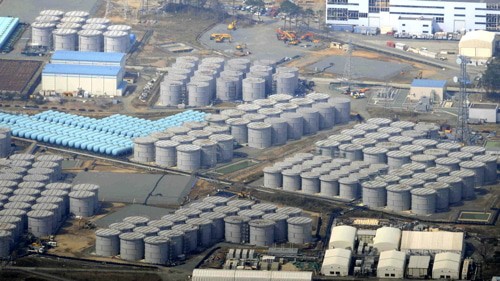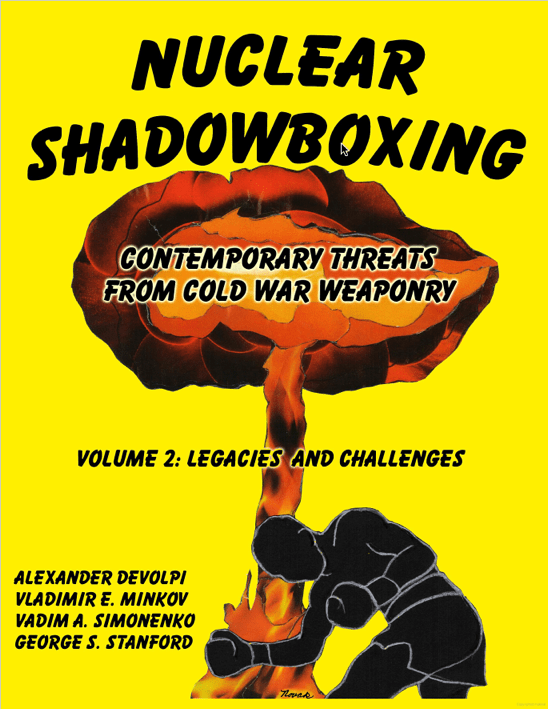Atomic Show #312 – Tyler Bernstein, CEO Zeno Power
Zeno Power makes cost-effective radioisotope power systems (RPS) for some of the most challenging environments in the solar system. Its systems use a proprietary package that allows a wider variety of isotopes to perform functions previously reserved for Pu-238, a rare isotope that is slowly produced at great expense. What is the value of RPS?…




